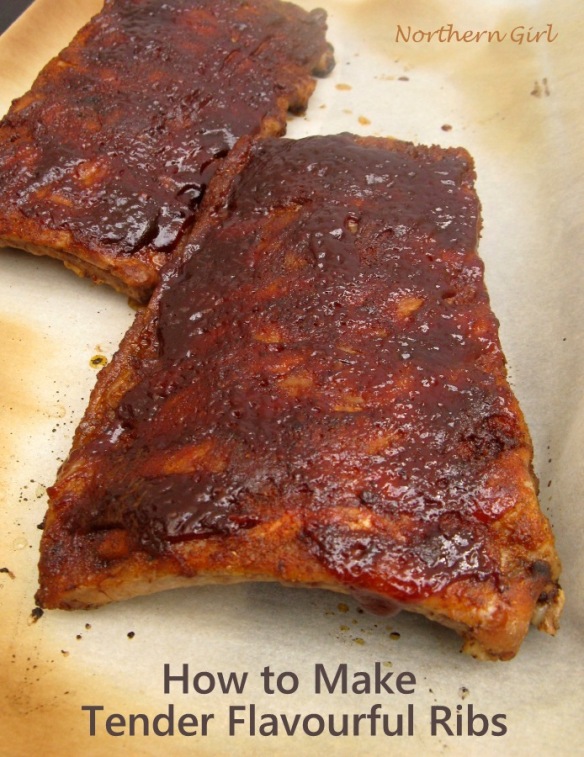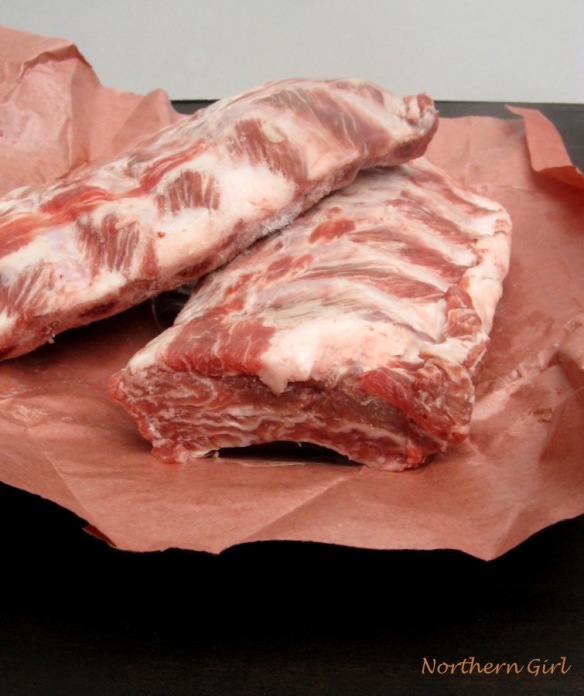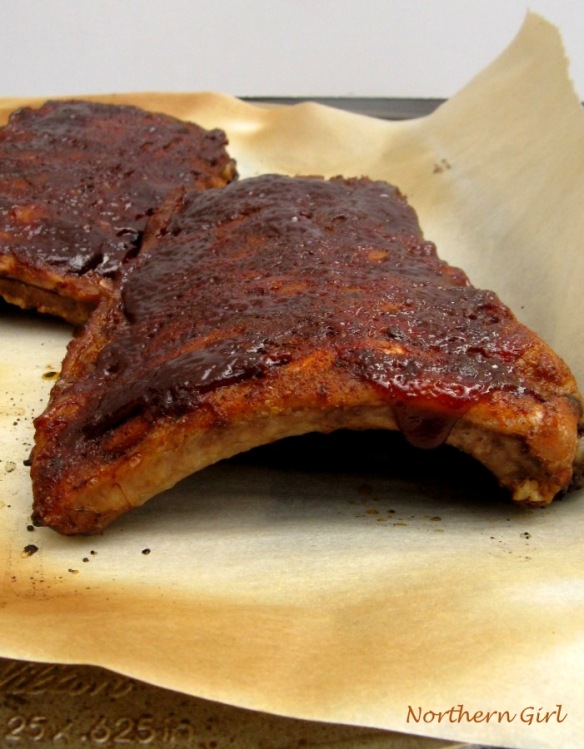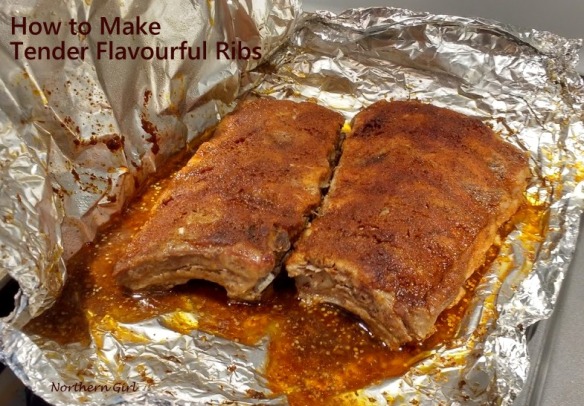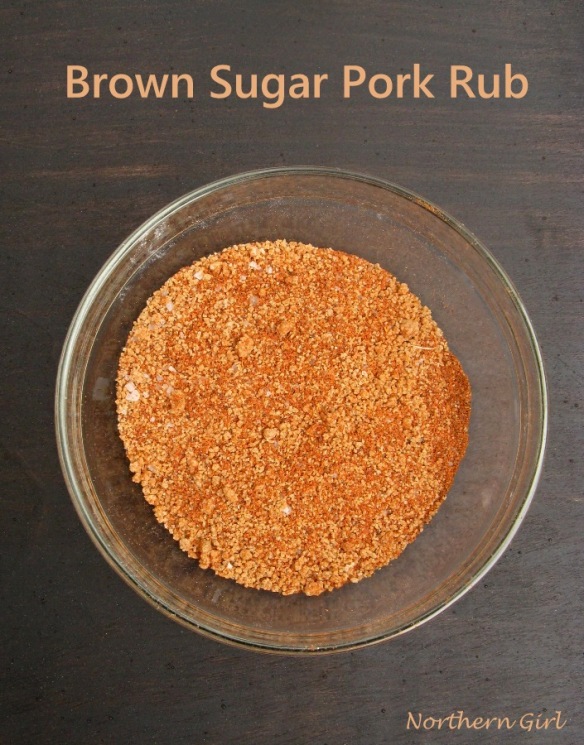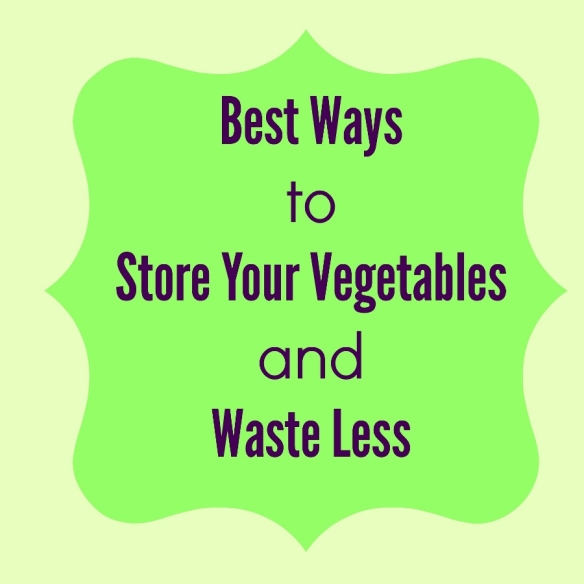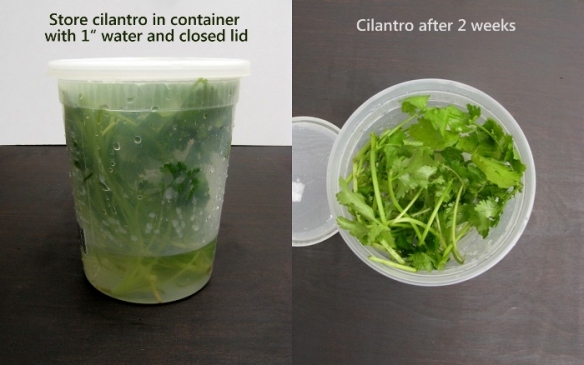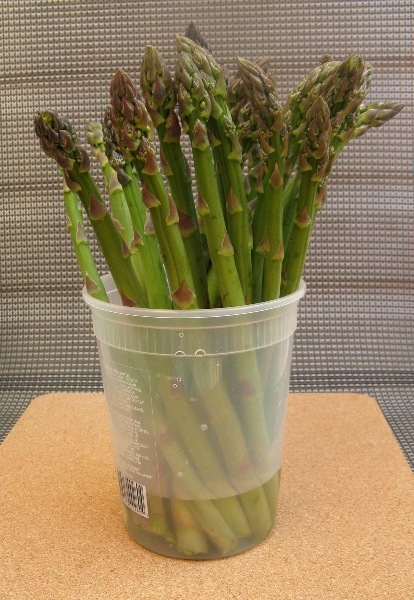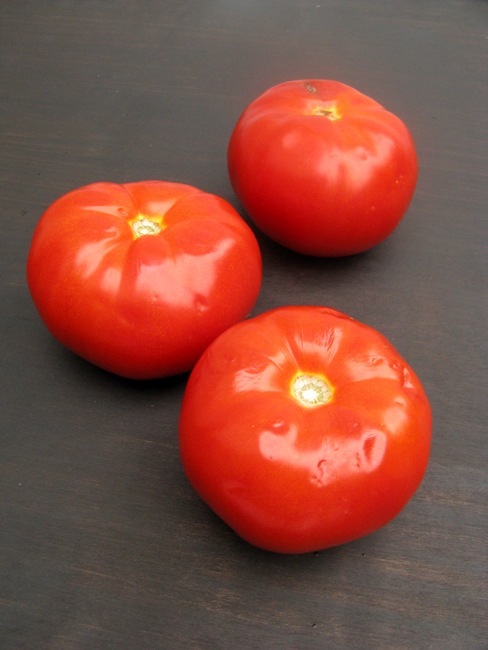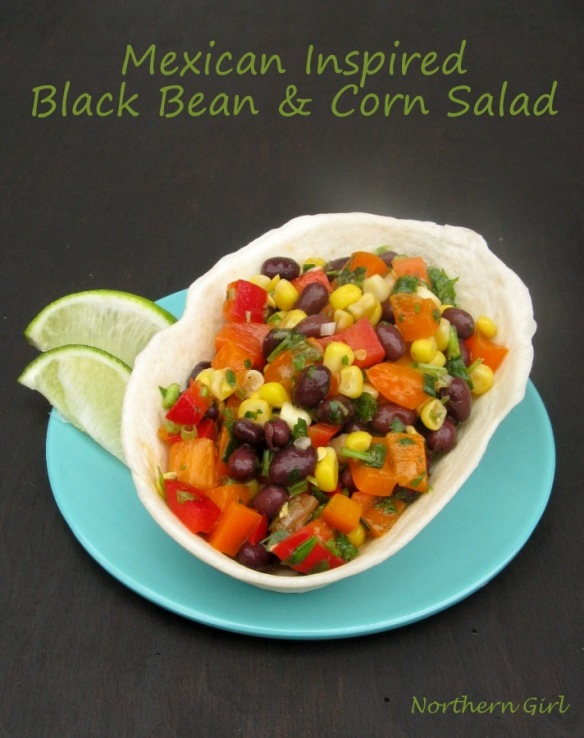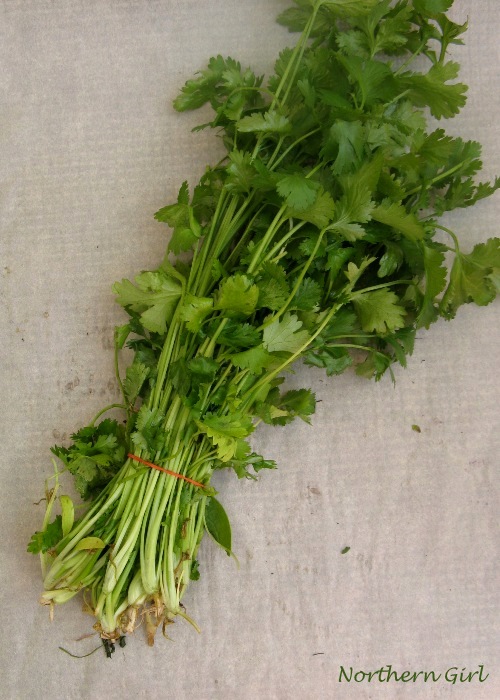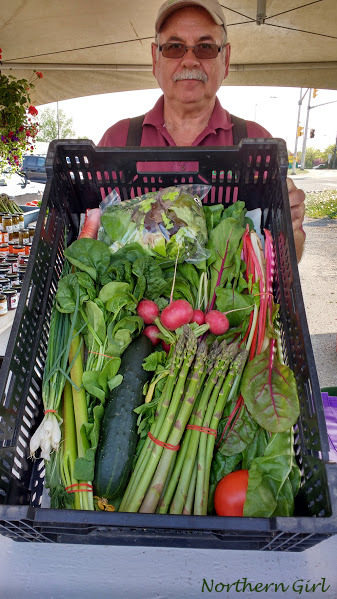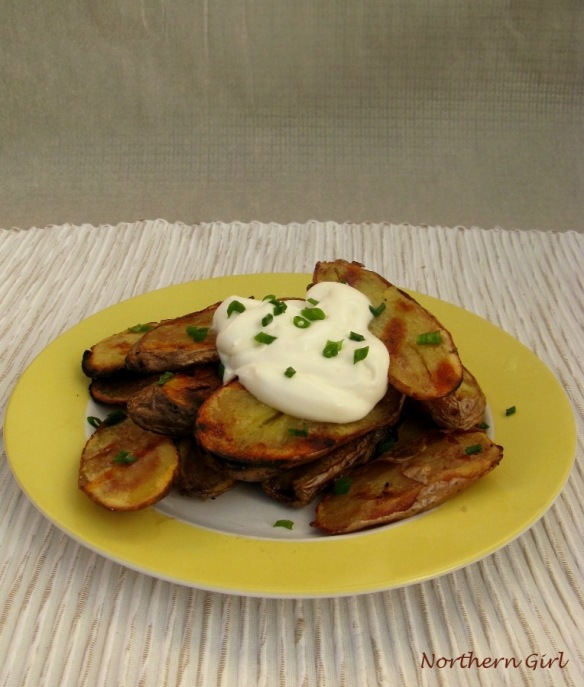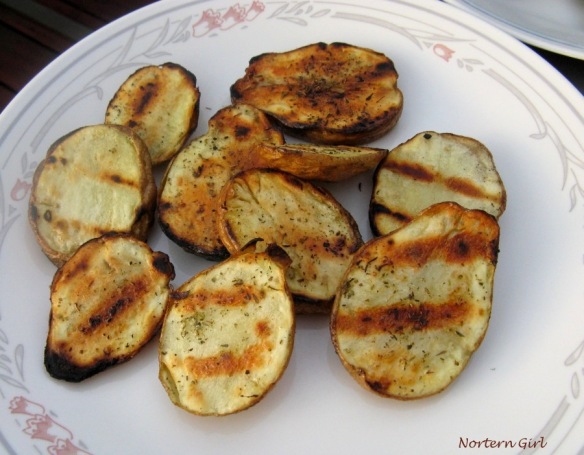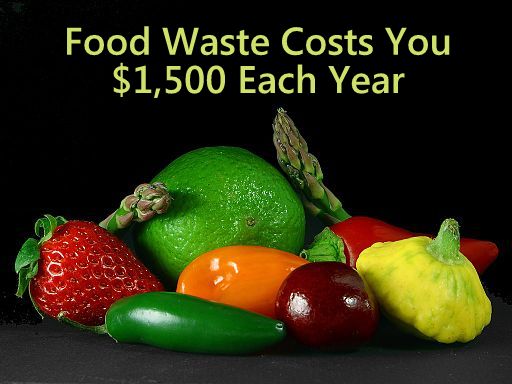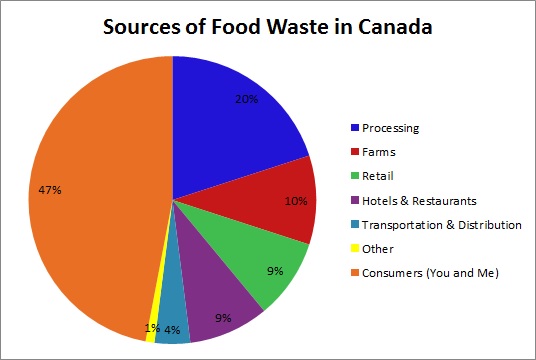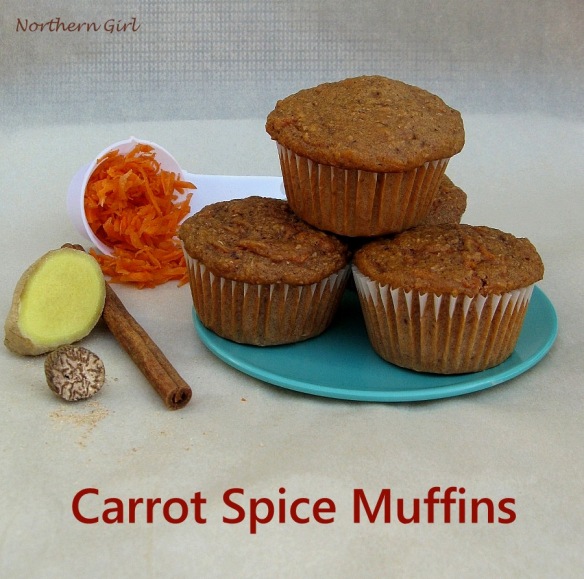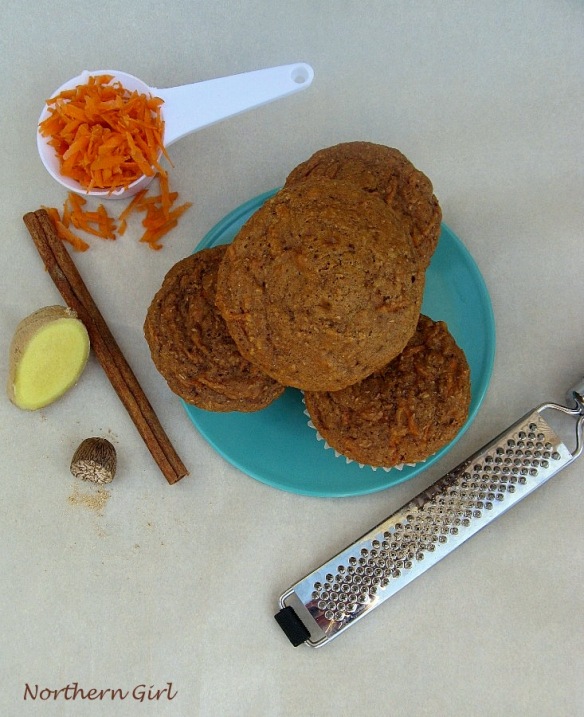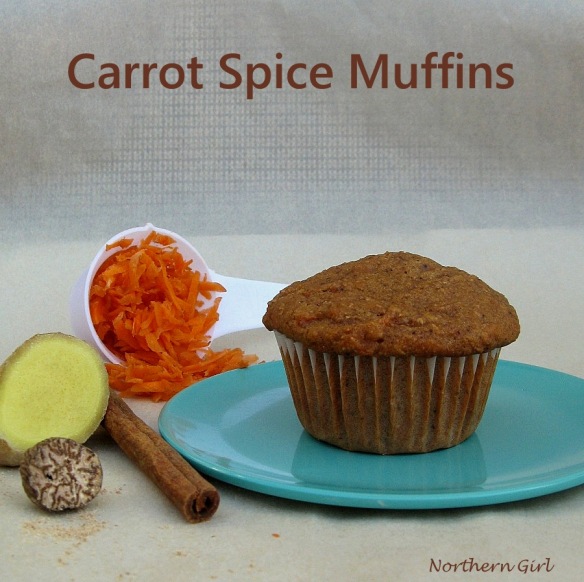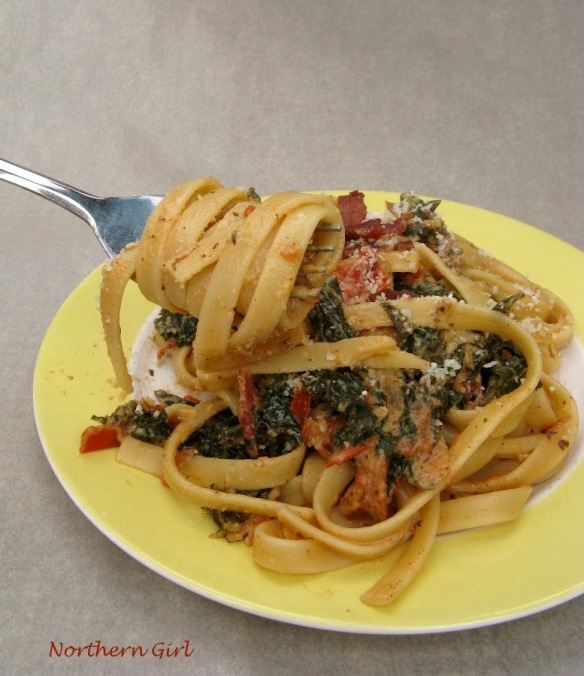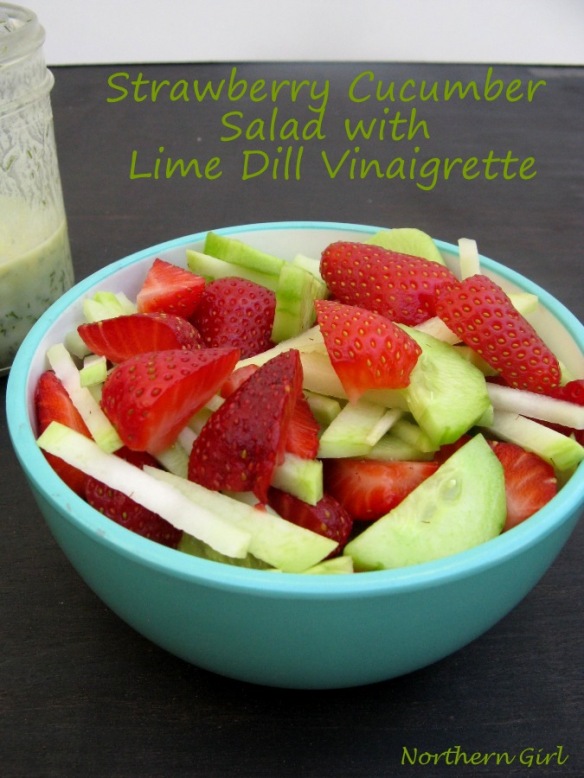
Last week at the farmer’s market next to my office building, I found my first local strawberries of the season. Oh, how I’ve impatiently waited for this day. I loooove strawberries. I can eat a full litre basket of them in one day. But the strawberries that are worthy of gluttony are local ones.
Local strawberries are so different from the berries available the rest of the year at the grocery store (imported from Florida and California) as to seem to be an almost entirely different fruit.
Grocery store berries are varieties that travel well. They aren’t necessarily fully ripe when picked, but they hold their shape well and they have a relatively long shelf life (for berries). Flavour isn’t the major factor when choosing varieties of strawberries that will face long distance travel.
The varieties of strawberries that are grown locally, and sold locally, are all about the flavour. They are usually a smaller berry. What these berries lack in size they make up for in flavour. These berries are sweet and juicy. They can easily be damaged when packed into containers, and because they are fully ripe when picked, they will spoil relatively quickly. I’m not usually too worried about spoiled berries, as I tend to eat them very quickly.
I was eager to go to the farmer’s market on my lunch break on Thursday, as I was certain there would be some strawberries. I was not disappointed. Two vendors had some. Score! I bought a basket from each. I had big plans for the berries.
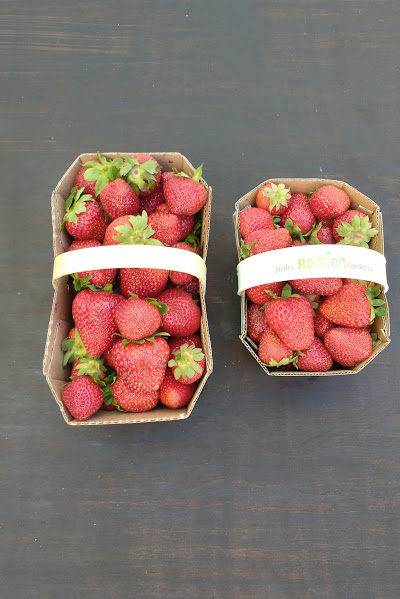
In addition to the strawberries, there were other great finds at the market. Aren’t the baby beets and kohlrabi cute?

Equipped with the strawberries and fresh vegetables, once home I put together this strawberry cucumber salad. This salad has no leafy greens in it. It’s still a salad though. I’ve been enjoying lots of leafy green salads this spring, but thought it was the time to branch out.
In order to give the salad a bit of crunch, I added some kohlrabi. If you don’t have kohlrabi, you could use carrots, celery or sweet peppers. Or you could add some seeds such as pumpkin or sunflower.
One of the great things about salad is that it doesn’t need to follow a set formula. You can throw in what seems appealing or what you have on hand. No two salads are ever exactly alike, which is great, as it keeps things exciting.
One thing I have learnt about creating a good salad. The choice of vinaigrette has a big impact on the final result. I was quite selective when choosing vinaigrette for this salad. I used dill in the vinaigrette as dill goes very well with cucumbers, and with strawberries. I like citrus in my vinaigrette, and the citrus of the moment is lime. The tartness of the lime is a good counterpoint to the sweetness of the berries.
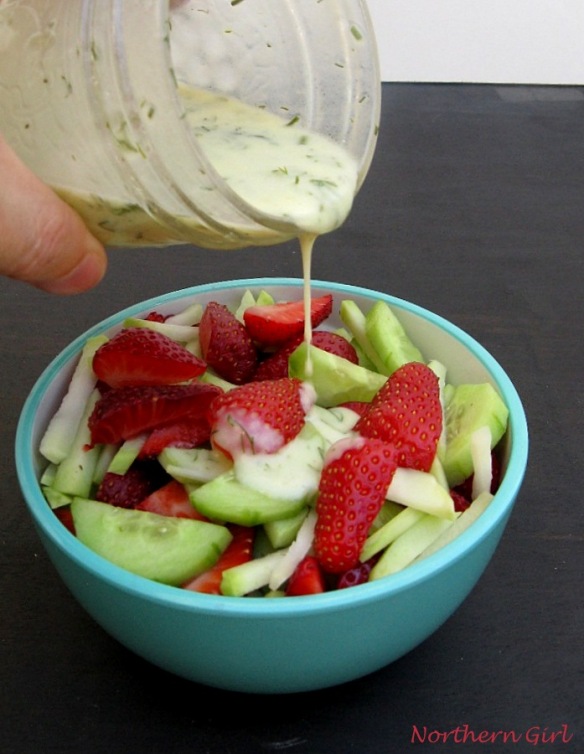
You may be familiar with the current trend of mason jar salads. You may even love mason jar salads. I don’t. I don’t like the idea of packing my salad so tightly into such a small space. I also don’t want my dressing in my salad hours, or even days, before I eat it. And the final nail in the coffin for me is that mason jars are just too darn heavy! I take the bus to work, and I don’t need the extra weight of the glass jar when the bus is full and I have to stand the whole way home. Give me these lightweight containers that have lots of space and keep the dressing nicely segregated from the salad until I am ready to eat it any day.

All that said mason jars do have a role to play in salads. But for the vinaigrette. A small mason jar is the perfect vessel for making the vinaigrette and storing it. Place or pour all your ingredients directly into the jar, put on the lid and shake the jar. Voilà, a jar of vinaigrette. If you have more vinaigrette than you will use during that one meal, simply put the lid back on and put it in the fridge. You now have vinaigrette to use over the course of the upcoming week.
Recipe: Lime Dill Vinaigrette
Makes about 1/3 cup (85 mL)
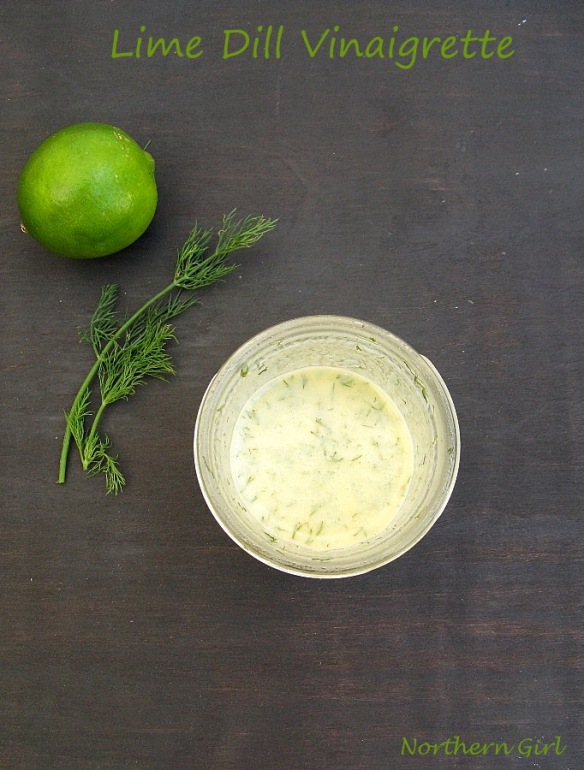
Ingredients:
- Juice of one lime (about 1 ½ tablespoons, 22 mL)
- 1 tablespoon finely chopped fresh dill
- 3 tablespoons (45 mL) plain yogurt
- 1 tablespoon maple syrup
- Salt, to taste
Directions:
- Place all the ingredients into small mason jar (250 mL), place lid on jar and shake until well mixed.
- Store leftover vinaigrette in fridge for up to about one week.
Recipe: Strawberry Cucumber Salad

Ingredients:
- Strawberries, washed, hulled and chopped into quarters
- Cucumber, peeled and sliced
- Kohlrabi, peeled and chopped into matchsticks
Directions:
- Place all ingredients in large bowl and pour lime dill vinaigrette over it.

